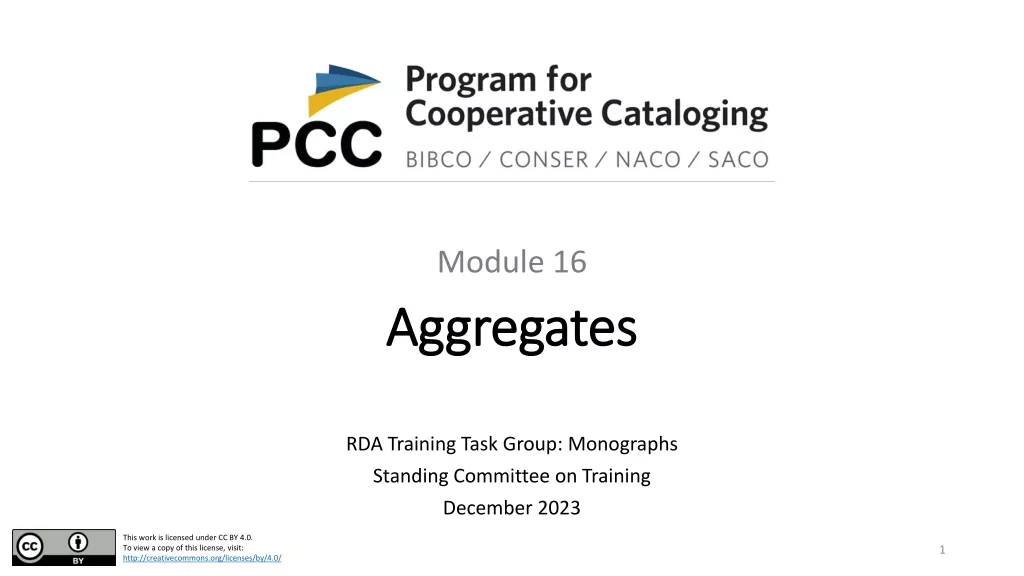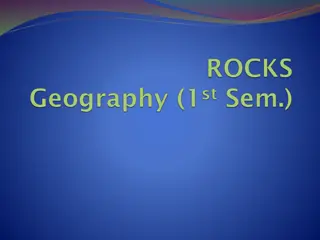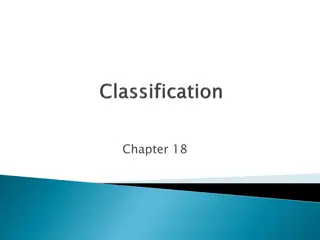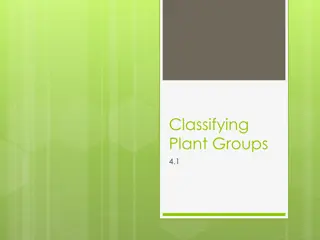Comprehensive Classification of Aggregates and Their Characteristics
Classification of aggregates based on production methods (natural, by-product, processed, colored), petrological characteristics (igneous, sedimentary), and particle size (fine aggregate, coarse aggregate). Examples and images are included for better understanding.
Download Presentation

Please find below an Image/Link to download the presentation.
The content on the website is provided AS IS for your information and personal use only. It may not be sold, licensed, or shared on other websites without obtaining consent from the author. Download presentation by click this link. If you encounter any issues during the download, it is possible that the publisher has removed the file from their server.
E N D
Presentation Transcript
General Classification of Aggregates According to Production Methods Natural Aggregates: Taken from native deposits without any change in their natural states during production except for crushing, grading or washing. Example: sand, gravel, crushed stone, lime rock. By-Product Aggregates: Comprise blast-furnace slags and cinders, fly ash, etc. Cinders are residue of coal or wood after burning.
Processed Aggregates: Heat treated, expanded materials with lightweight characteristics. Example: Perlite, burnt clays, shales, processed fly ash. Colored Aggregates: Glass, ceramics, manufactured marble for decorative and architectural purposes.
According to Petrological Characteristics Igneous Rocks: Solidification of molten lava forms igneous rocks. Example: Quartz, granite, basalt, obsidian, pumice, tuff
Sedimentary Rocks: Obtained by the deposition of weathered and transported preexisting rocks. Example: Sandstone, limestone, shale. IMPORTANT: If these are hard and dense, OK. If not, high absorption capacity gives unsatisfactory results.
c) According to Particle Size Fine Aggregate (sand): Fine aggregate includes the particles that all passes through 4.75 mm sieve and retain on 0.075 mm sieve. Coarse Aggregate (gravel): Coarse aggregate includes the particles that retain on 4.75 mm sieve. Silt: sizes 0.002-0.075 mm Clay: sizes smaller than 0.002 mm



























